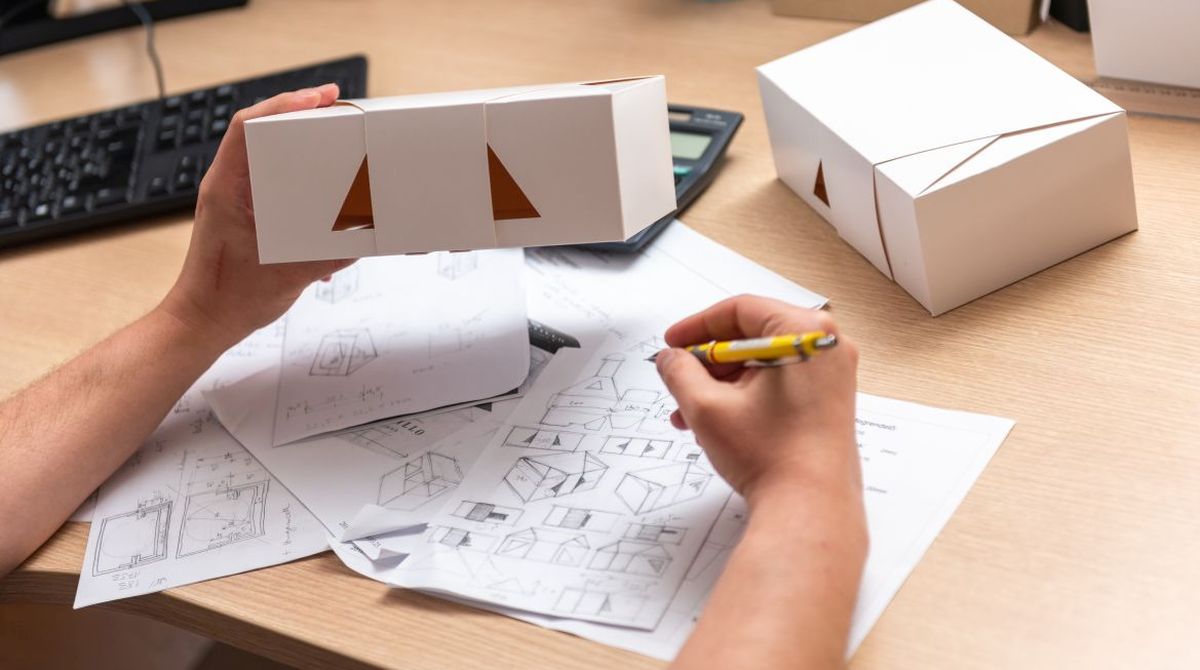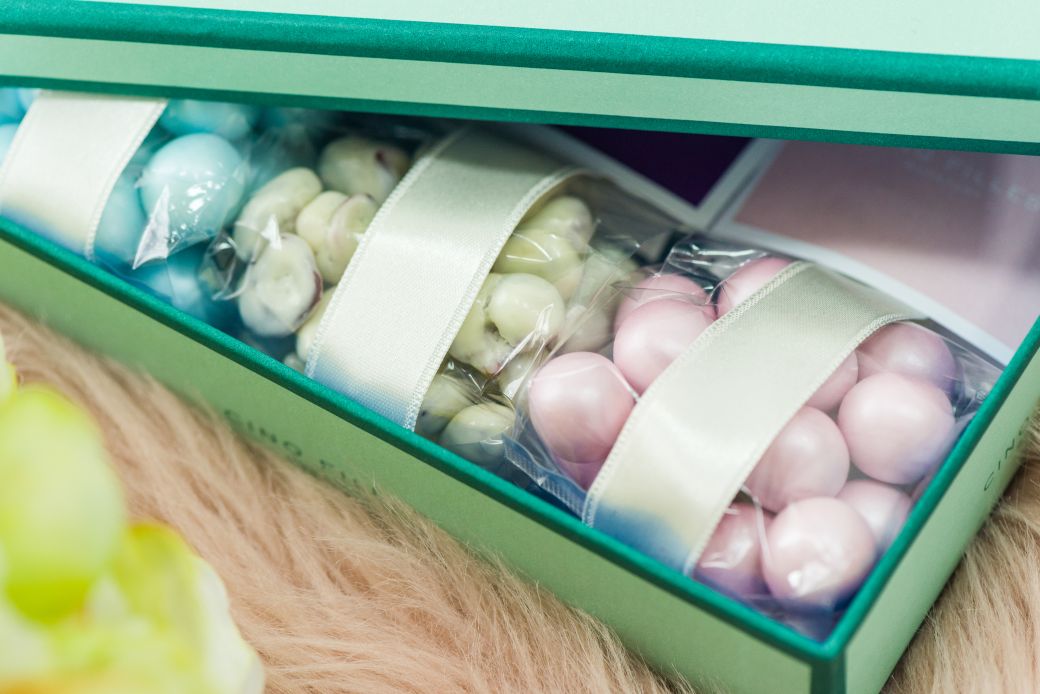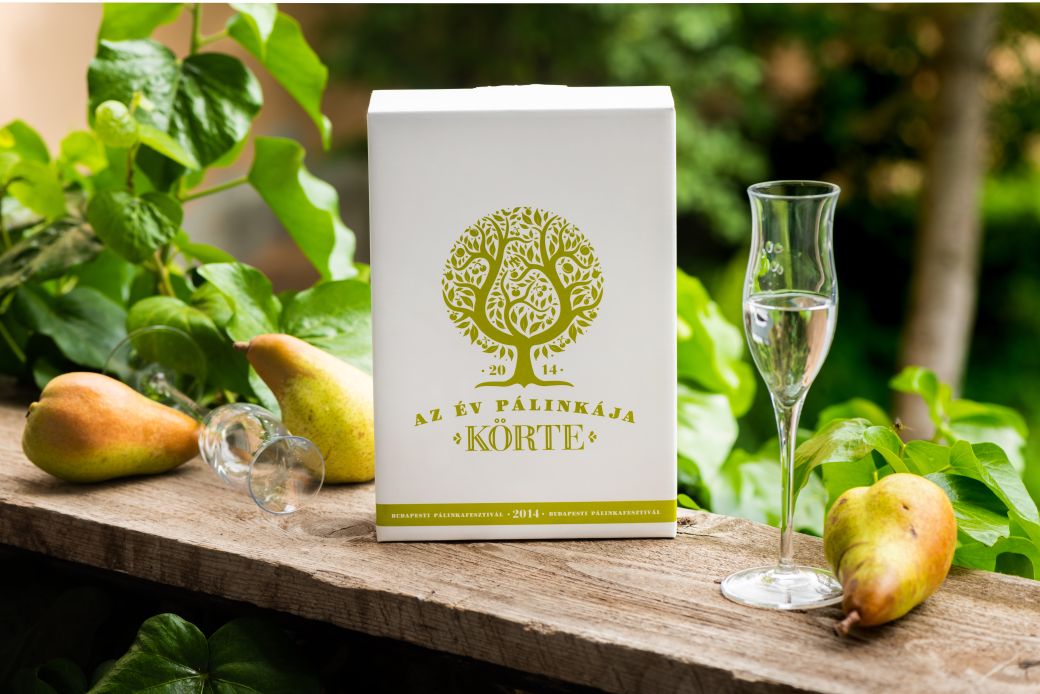What is packaging technology?
Packaging technology as a marketing tool
The excessive use of colours seems to attract attention, still fails to exercise the adequate influence. For this reason, packaging technology is to follow two different principles. Firstly, the proper colour combination resulting in the desirable effect must be achieved with the use of just a minimum number of colours, and on the other hand the colour as a symbol on its own should be indicative of the important characteristics of the product. In the society of knowledge, a fundamental requirement is that products need to be informative for consumers even by their look. Packaging technology ensures the creation, formulation of the technology that is suitable for
- protecting products from external impacts, i.e. sunshine, insects, rodents, hazards that are inherent in transportation, humidity, extreme temperatures, wetness, contaminations
- creating proper arrangements of products and their parts
- providing relevant information to customer in relation to products
- ensuring product sales with reliance on optimising their aesthetic appearance
Moreover, the form of packaging must be aligned with the relevant requirements of the European Union so that the given shape should be typical of the underlying product, while the compliance of the product with the associated standards and dimensional requirements should also be ensured. When designing the shape of packaging, care needs to be taken to avoid all hindrance to transportation and material handling, as well as warehousing and storage.

Packaging technology is deemed to be optimal if it
- discloses adequate information in relation to the product
- is aesthetic
- considers consumer habits
- ensures harmony between the product and packaging
- guarantees selling potentials
Types of packaging technology
Supplier packaging
This type of packaging often consists of two tiers: an external and internal layer of packaging. Its primary function is to protect products from becoming damaged, and therefore the material must have sufficient tensile strength. The shape needs to be designed to facilitate material handling and storage. Therefore, the size of supplier packaging is to be determined in proper view of all the foregoing factors. Packaging technology distinguishes altogether three fundamental means of packaging:
- packaging devices,
- packaging materials,
- indirect packaging materials.
Applied packaging materials
- Paper packaging
A broadly preferred procedure of packaging. It is used for the production of various bags, sacks and boxes.
- Metal packaging
Metal packaging can be produced from steel or aluminium. The use of aluminium is preferred for its lighter weights in comparison to steel, and additionally it is more corrosion-resistant, and regarded to be more modern.
- Glass packaging
This category of packaging extends to various bottles, vials, ampoules, etc.
- Textile packaging
Examples include sacks, meshes, bales, bags.
- Wooden packaging
Examples include cases, barrels, containers.
- Plastic packaging
It is a highly preferred form of packaging where rather thermoplastic materials are used, which makes mould casting and closing more easy to implement. In this field, there are two types of products that are used in packaging technology: flexible (with thickness under 1 mm, such as sacks, pouches, bags) and rigid-walled (with thickness over 1 mm, e.g. trays, barrels, cups, crates, etc.) solutions.

Indirect packaging materials
These accessories largely improve the methods of packaging technology.
- Fastening elements: cords, straps, ribbons, strings
- Adsorbents: active baumite, carbon, silica gel, bentonite
- Cushioning elements: corrugated paper, foamed plastics, air cushion, bubble wrap, fibrous materials
- Sealing materials: Velcro strips, crown caps, plugs, caps
- Other: labels
Required markings
- Name of the product
- Ingredients
- Net weight/volume
- Shelf life or use-by date
- Operating instructions
- Storage conditions
- Name, address of the distributor/manufacturer

The history of packaging technology
Packaging technology roots back in medieval times. The Turks were reputed for their paper-making skills, they were able to produce paper at extremely high standards. They applied special coating to the surface of paper sheets, which resulted in white, glossy paper. When used for writing, they could achieve highly aesthetic effects. Obviously, the coated paper of the Turks was expensive, still it enjoyed considerable demand back at those times. In the course of their conquests, Turkish people further improved their own procedure, and concurrently worked out a brand new technique called paper marbling. This procedure was extremely complex. First, they made a thick, slimy liquor, and placed colour ink on the top. Paper was then pushed on the top of the liquor, resulting in a beautiful tangle of colours. Having dried out, it can be used for writing. It was preferred by the Turks in various diplomatic correspondence, because the agreements, treaties recorded on them could not be subsequently changed, erased in parts, because otherwise the underlying patterns would have become broken, too. Later, when Turkish goods became popular, they returned to the use of paper, but now to exploit its benefits in packaging technology.
Strictly conceived packaging technology, however, appeared as late as in 1850, when packaging was first used as a kind of marketing hooks: for the promotion of condensed milk, it was stated to be cleaner for its being kept in packaging. That packaging also fulfilled the function of enabling the packaging to suggest that the product also featured high quality. From then on, packaging was increasingly drawn into limelight, and started to borrow fundamental properties to the associated products. It was in 1907 when the first store offering solely packaged products from its shelves was opened in New York. Later, the same shop started to offer baskets to customers, and introduced the very first shopping carts. Wide-ranging researches, questionnaires, psychological studies prove that packaging has a determining role in the consumer’s decision to buy a specific product or not.
With the evolution of capitalism – and especially consumer society –, packaging technology has witnessed the growth of its importance in trade. Competition poses an increasing demand on putting an ever-stronger emphasis on the aesthetic values of manufactured products. As packaging has come to the focus of attention, it has also encountered development efforts, and therefore today there is a great variety of materials and creative option to produce packaging. Consequently, the role of packaging has so much strengthened that nowadays it can be claimed that without packaging it is nearly impossible to sell a product, and product careers are materially dependent on packaging. On the other hand, this requirement has triggered a change in volumes handled in packaging, as it now means waste accumulation to a growing extent. Therefore, a novel demand has surfaced in association with packaging: it should be environmentally sparing. With this requirement in mind, profound expertise is needed for the creation of appropriate packaging solutions. It is important to be aware of the relevant legal regulations, consider marketing, material and technological knowledge, environmental criteria, logistic, printing and typographic information, as well as to harmonise all these aspects, or at least frame a system of preferences from them.




